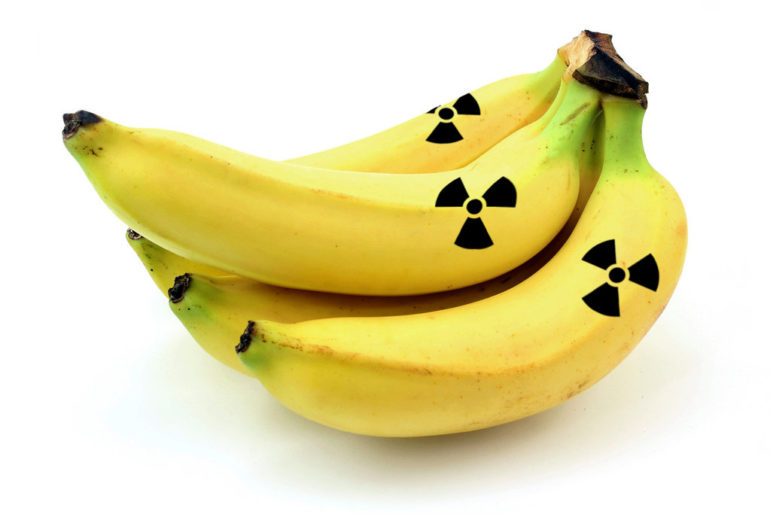Are oleander plants really poisonous?
I remember my mom telling me when I was a kid that oleander flowers were poisonous. I just moved into a house with a bunch of these plants, and want to know if they’re actually dangerous or if my mother was just being over-protective.
Rule number one: Always listen to your mama.
Oleander (Nerium oleander) is a hardy, easy-to-grow flowering plant, mainly found in the lower half of the US. Apart from making an appearance in gardens from coast to coast, in many states — including California — it’s commonly seen alongside freeways and on medians. But just because it’s all over the place doesn’t mean it’s always a G-rated plant.
Pretty, deadly
The oleander is a pretty plant, with flowers of white, pink, salmon, red, and pale yellow.
It’s so pretty and common, in fact, that many people don’t realize that — yes — it can be dangerous. It’s is not only poisonous to adults and children, but almost all types of animals can be affected.
Unfortunately, the whole oleander plant can mean bad news — from the leaves to the flowers, the stems to the seeds — and whether eaten, licked, chewed, inhaled or otherwise consumed.
Just touching it could potentially cause irritation, and smoke from burning cuttings can potentially cause severe reactions. (You might even be able to get poisoned by eating honey made by bees that visited an oleander plant for nectar.)
The International Oleander Society says that you should be sure to wash your hands and arms thoroughly when finished working with the plant. They add, “Do not chew on any part of the plant. And do not use it as a skewer for food (or as a toothpick!).”
What can oleander do to you?
Why’s it so dangerous? Two of the ingredients in oleander are oleandrin and digitoxigenin, which are related to the heart drug digitalis. (A 2010 medical study noted, “oleander poisoning can be fatal with relatively small amounts ingested,” and says references an earlier study that calculated the lethal oleander leaf dose to be approximately 4 grams. They added, “Practicing physicians should understand the potential lethal properties of oleander and its availability throughout the world.”)
Signs of oleander poisoning include gastrointestinal issues (nausea/vomiting, stomach pain, bloody diarrhea), heart problems (slowed pulse, irregular heartbeat, dizziness) along with other symptoms like dilated pupils and drowsiness. (See a detailed list of oleander poisoning symptoms here.)
Despite the obvious need to exercise caution, it’s worth noting that a study by the Cardiovascular Toxicology Research Laboratory at the University of Texas Medical Branch in Galveston found that the adult death rate from oleander poisoning is generally low — smaller children and animals are most at risk.
But still, it might have its upside: oleander extracts are being tested for their potential to treat cancer. (In fact, the American Cancer Society says that Arab physicians first used oleander as a cancer treatment back in the eighth century AD.)
What to do if you suspect oleander poisoning
If you, someone else or a pet has possibly (or definitely) come into close contact with an oleander plant, call 911 or one of the appropriate poison control centers:
- Poison Control Center: 1-800-222-1222
- Animal Poison Control Center: 1-888-426-4435






